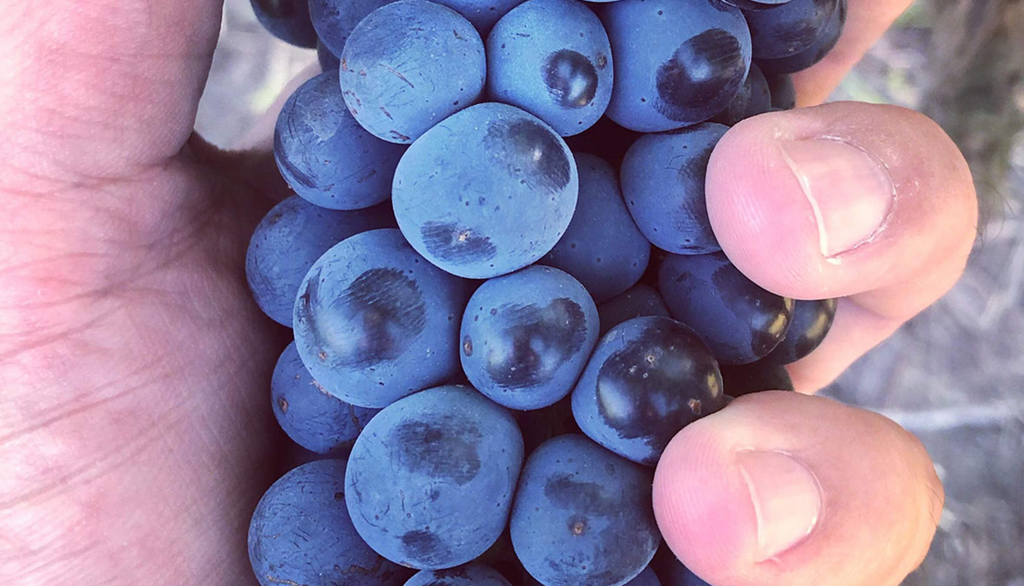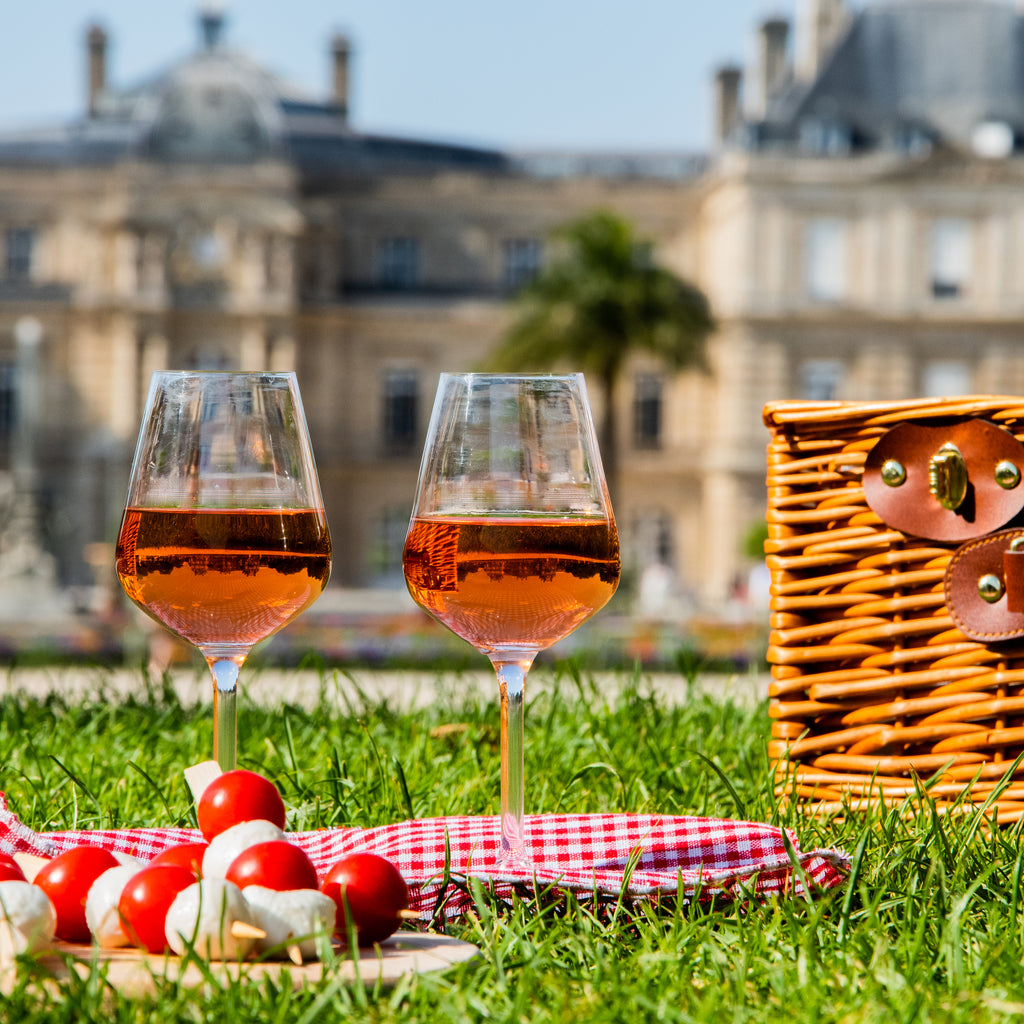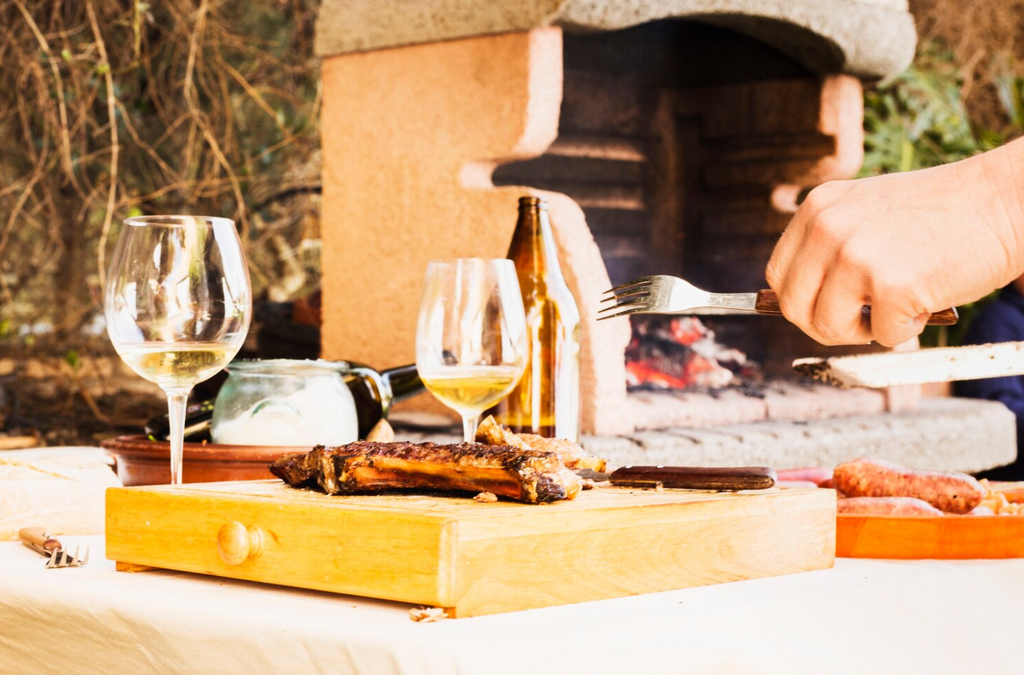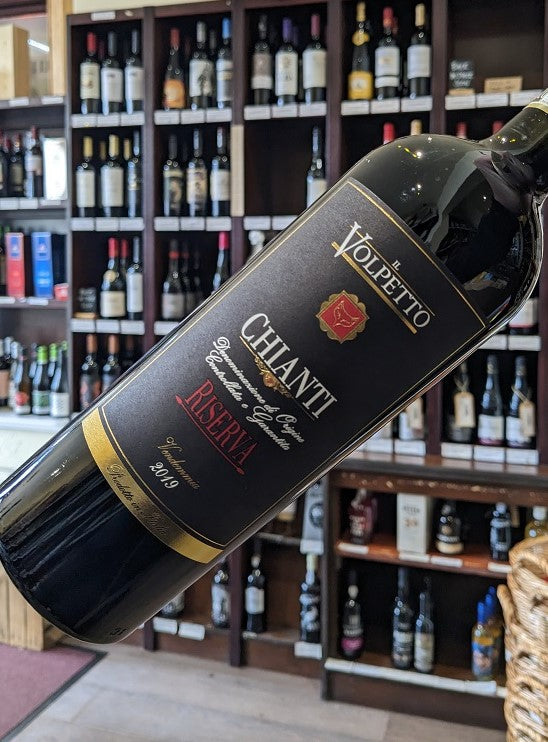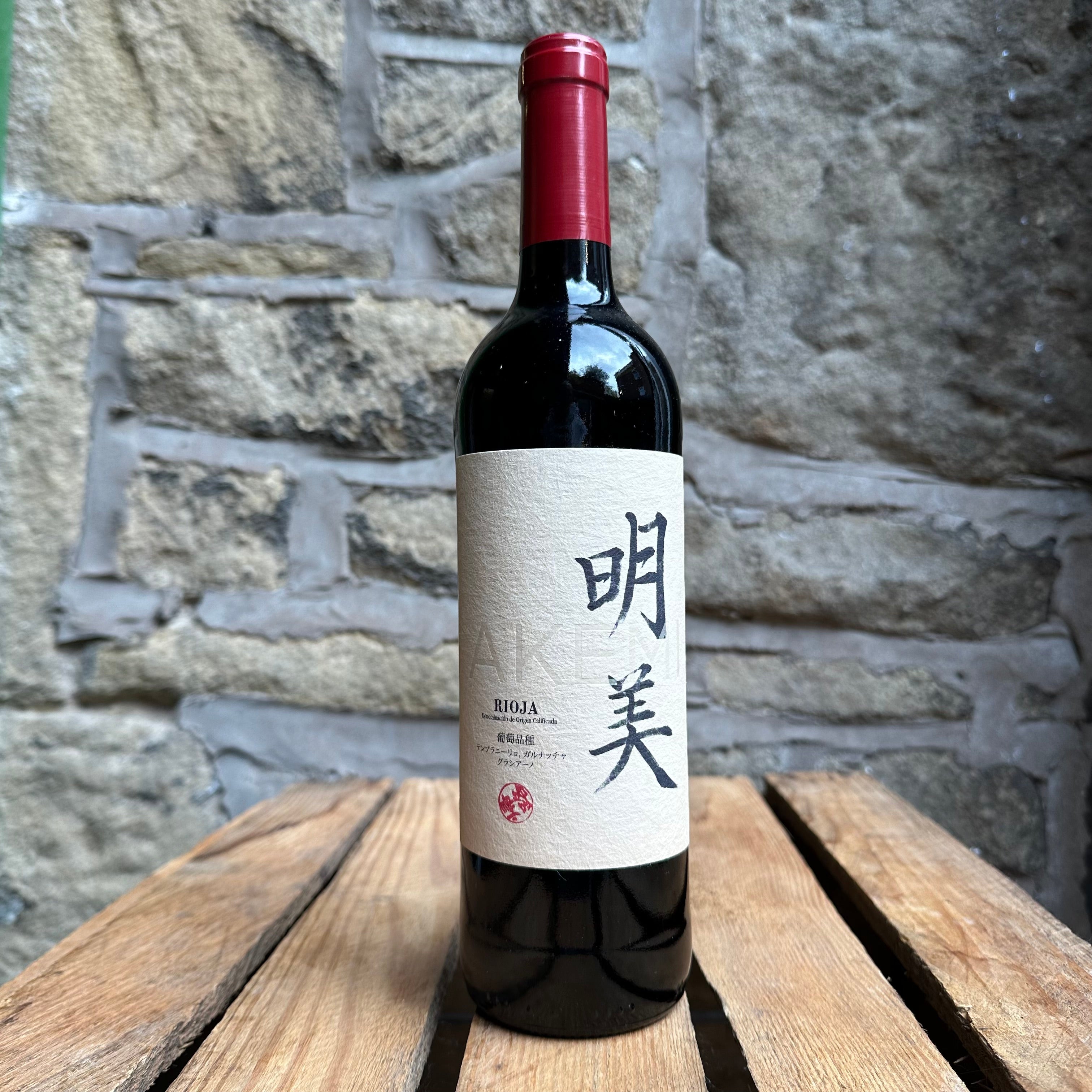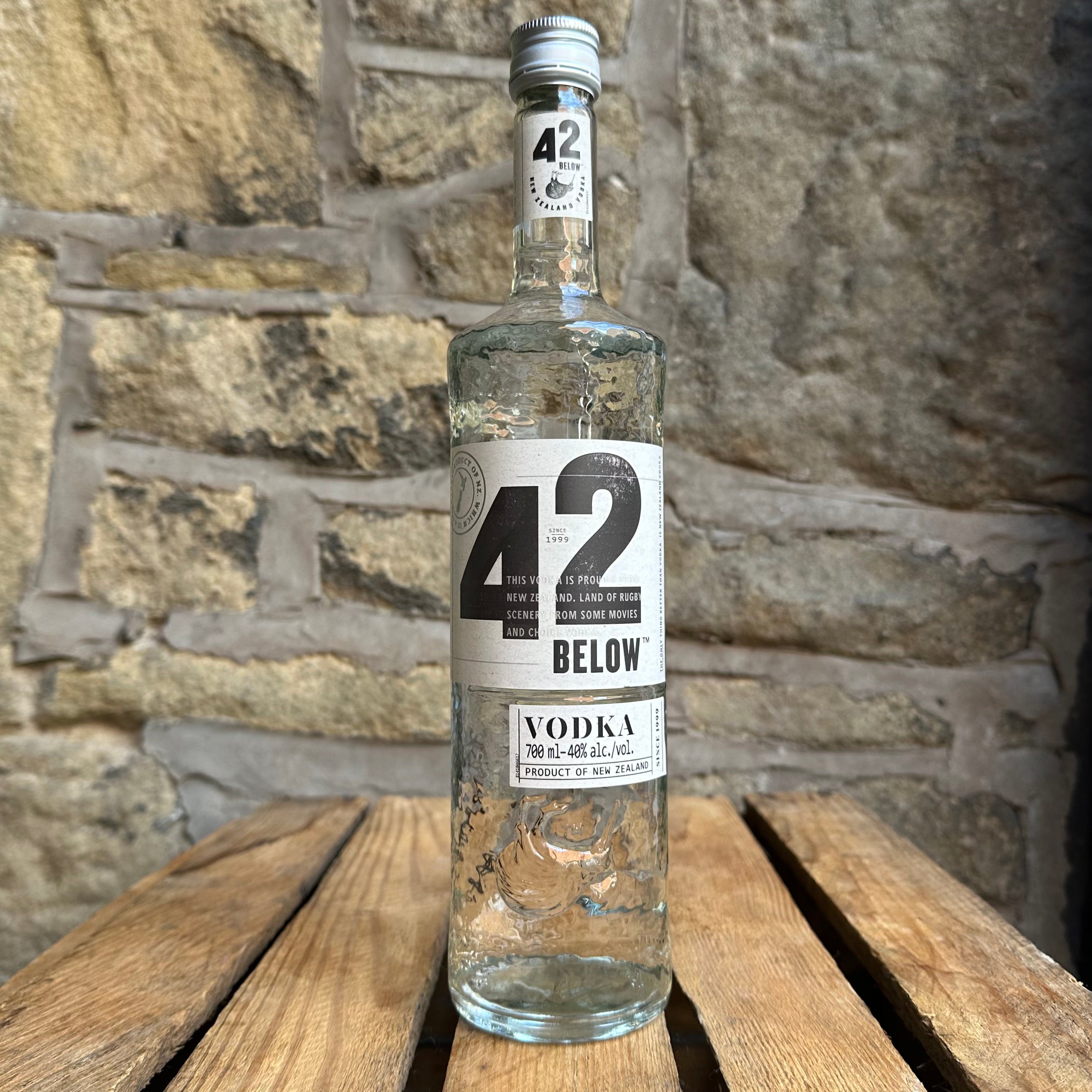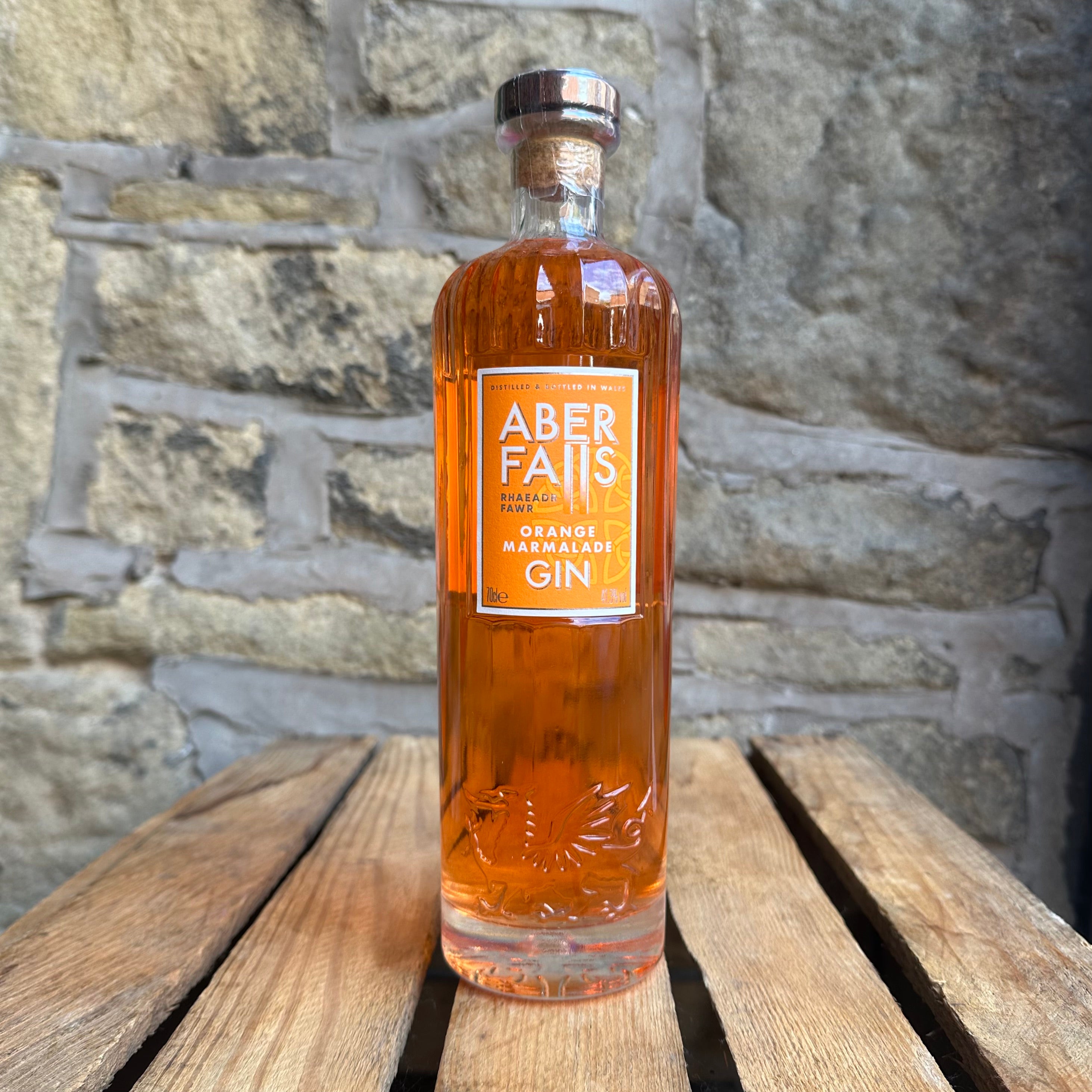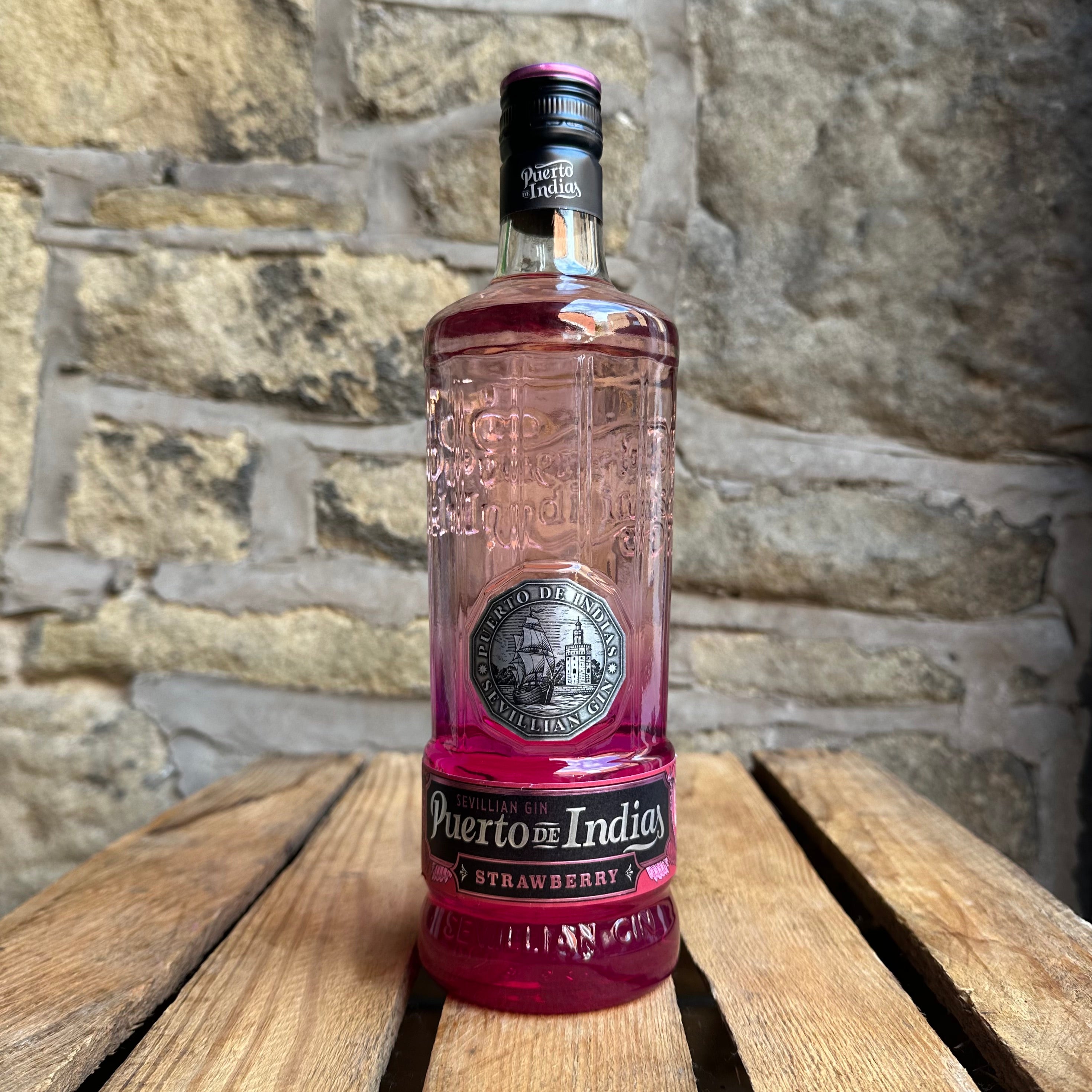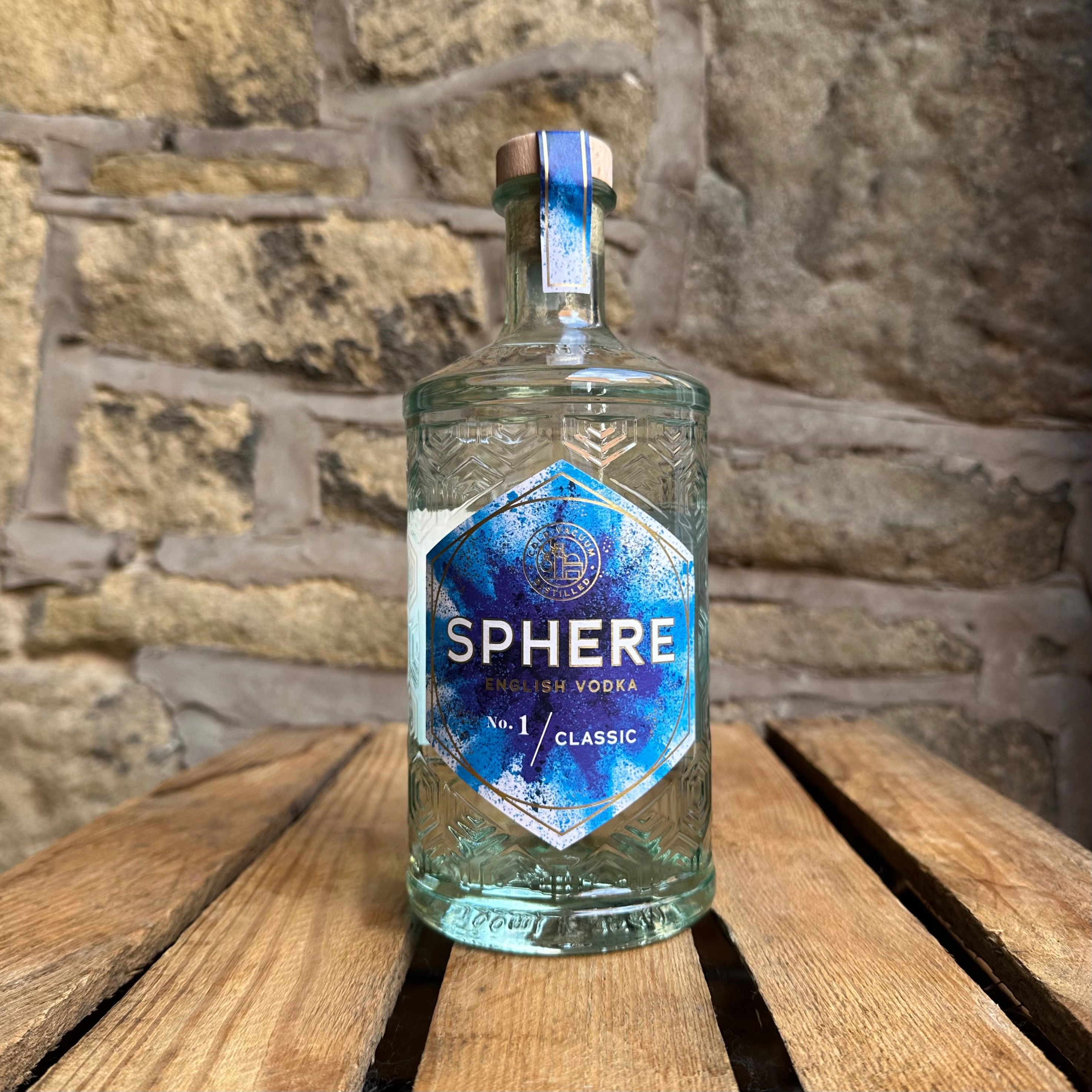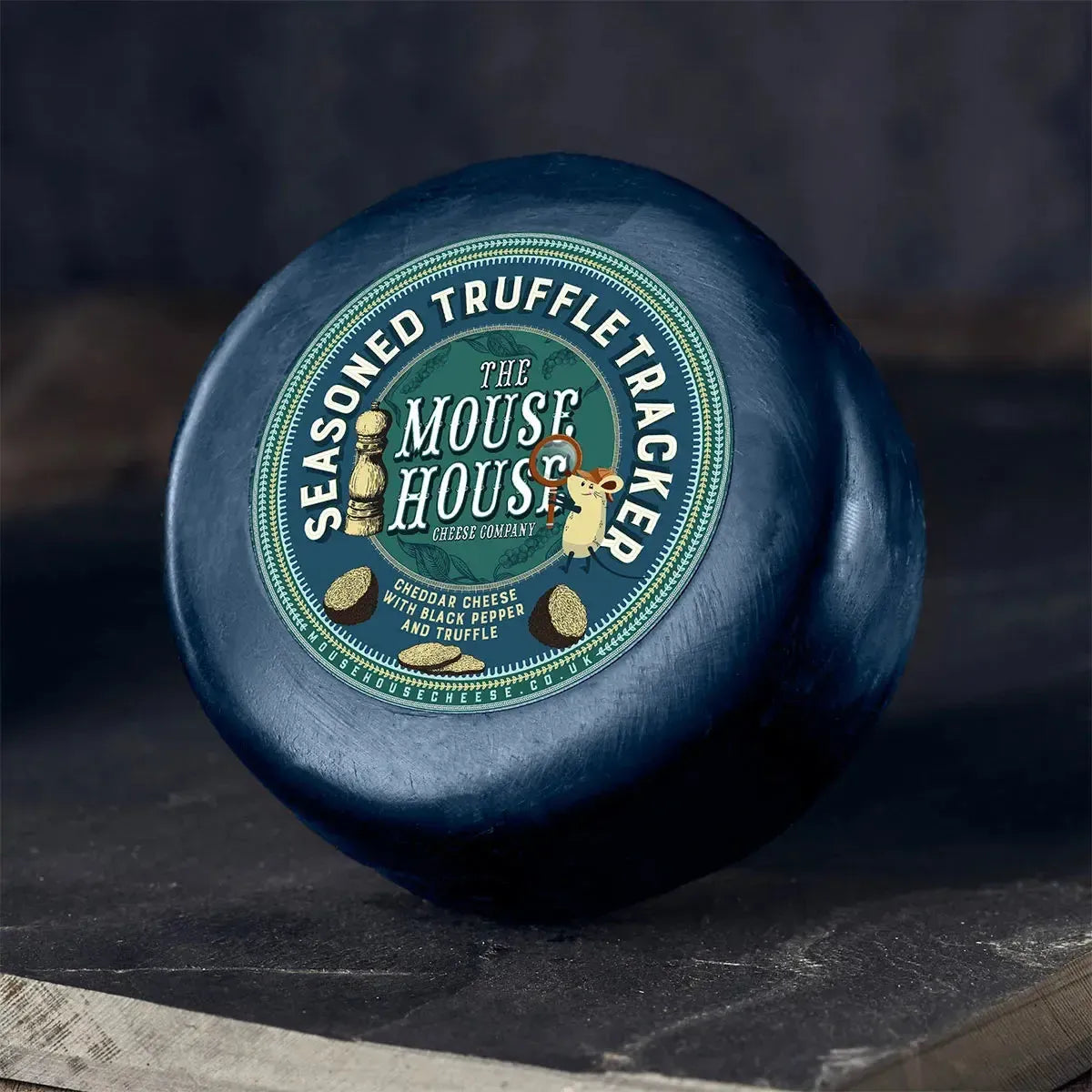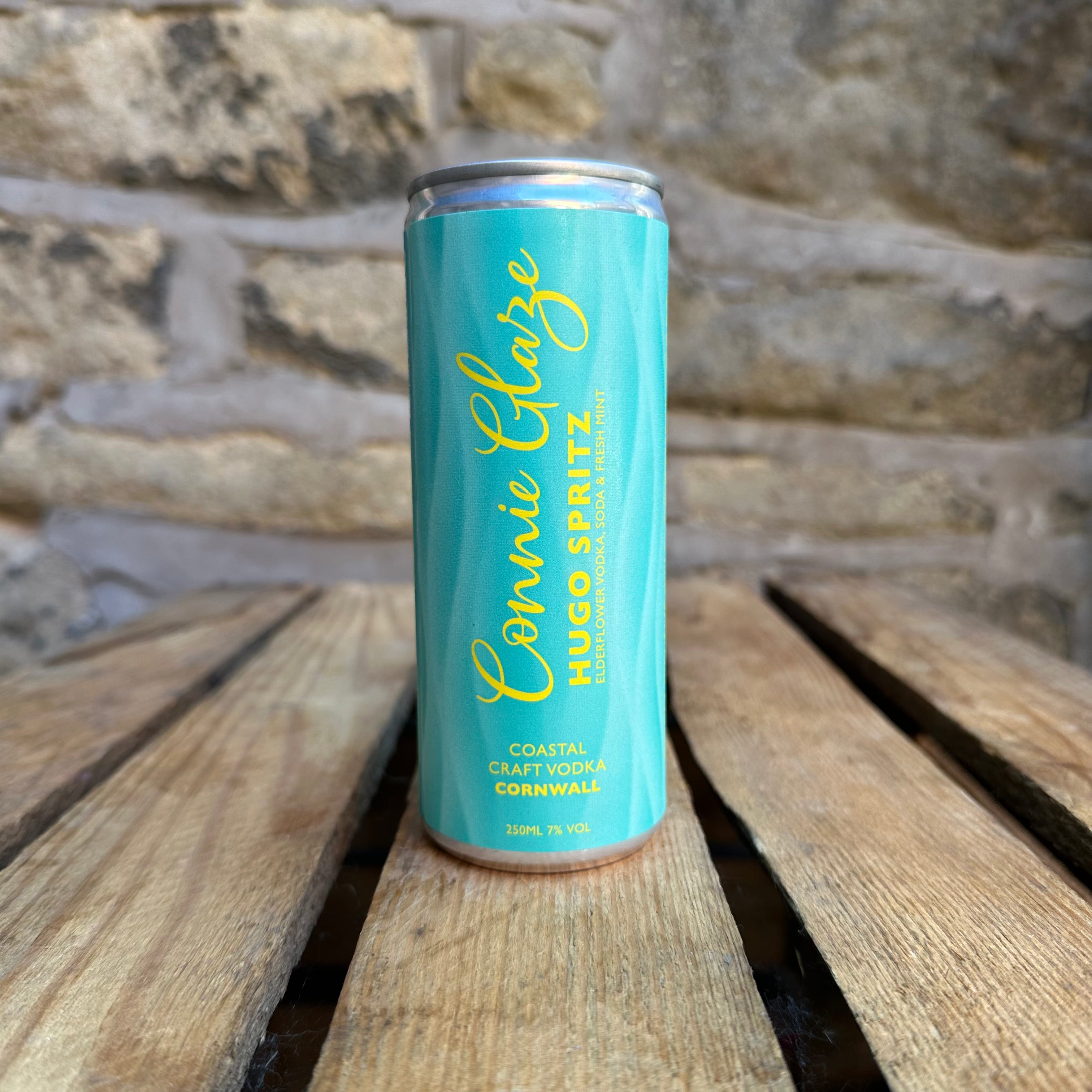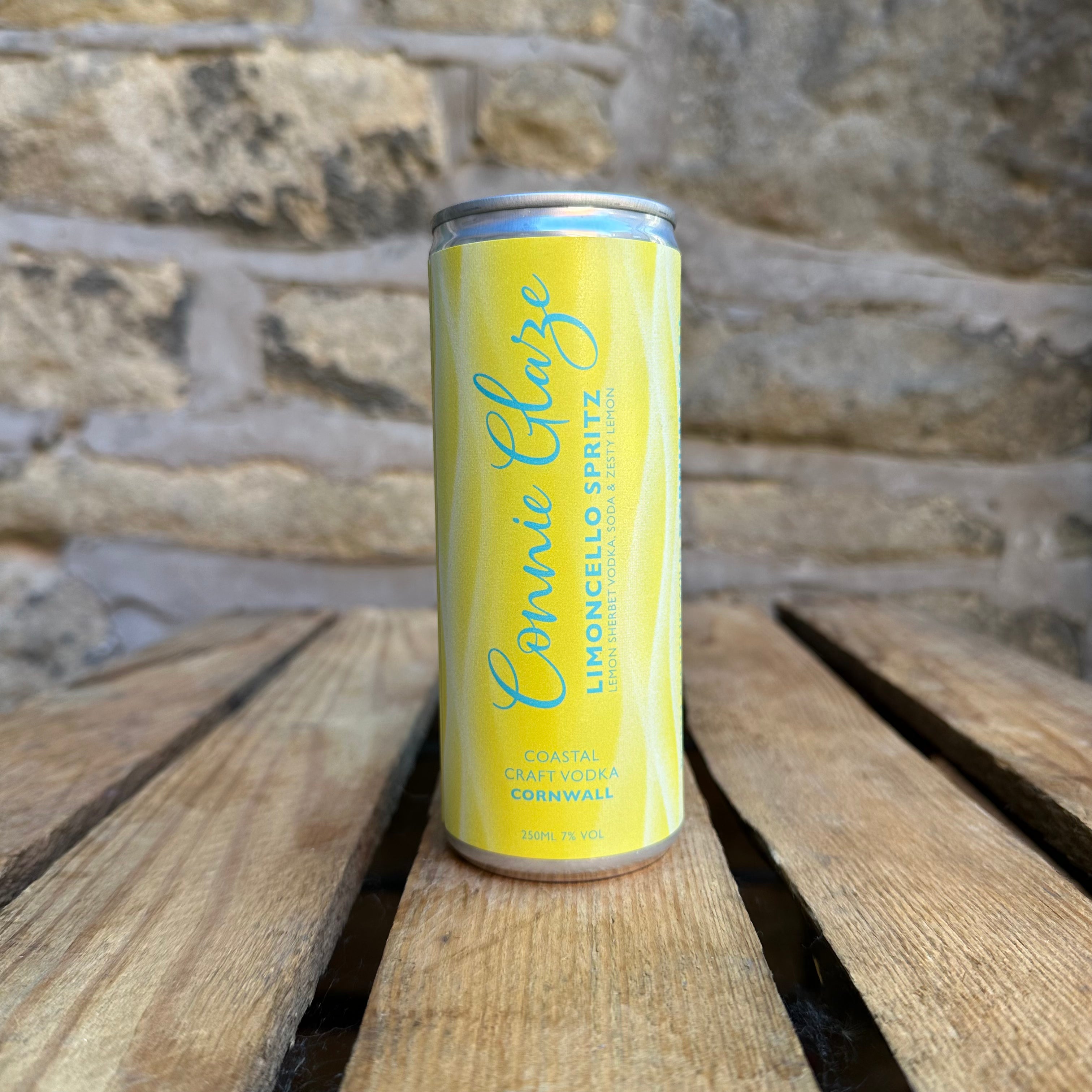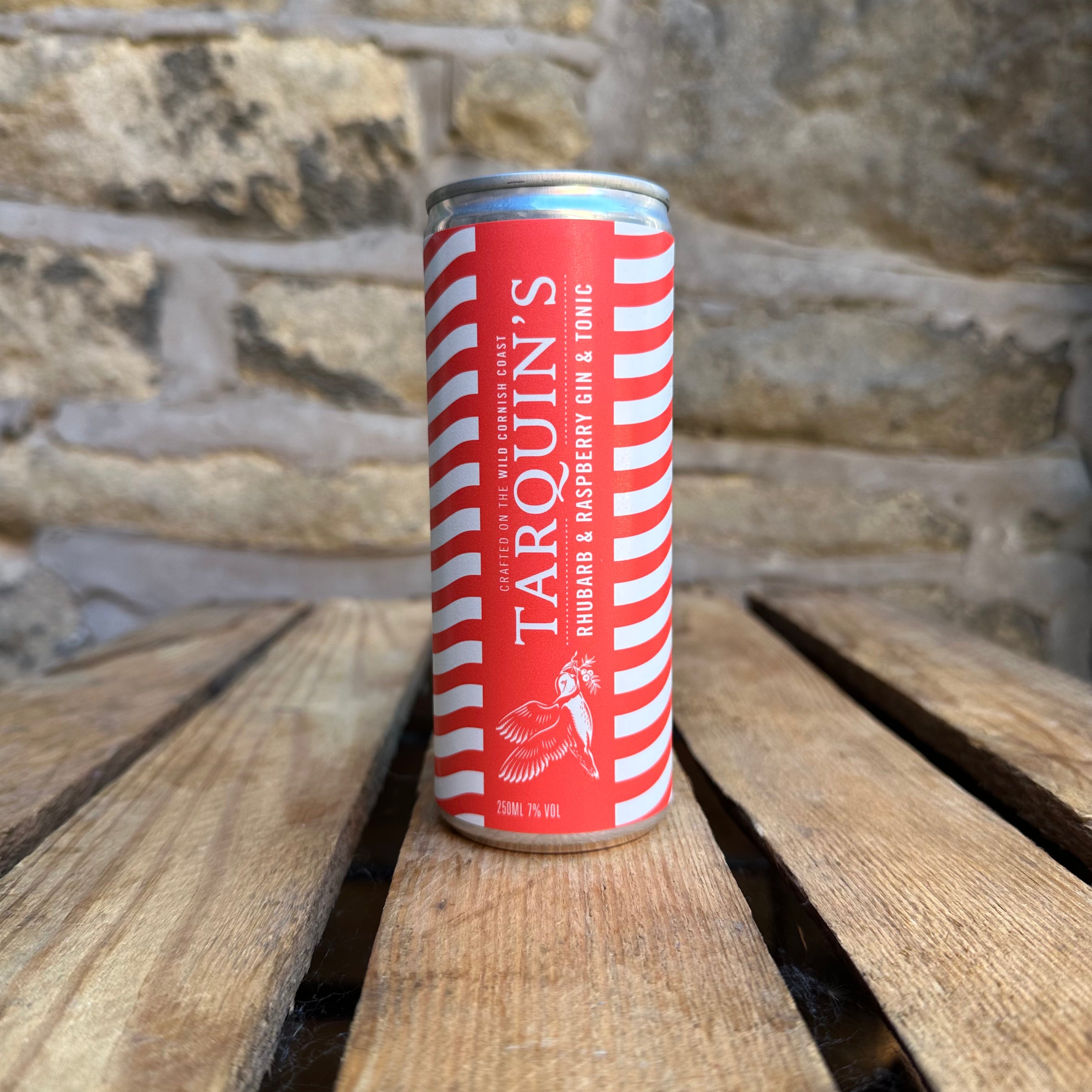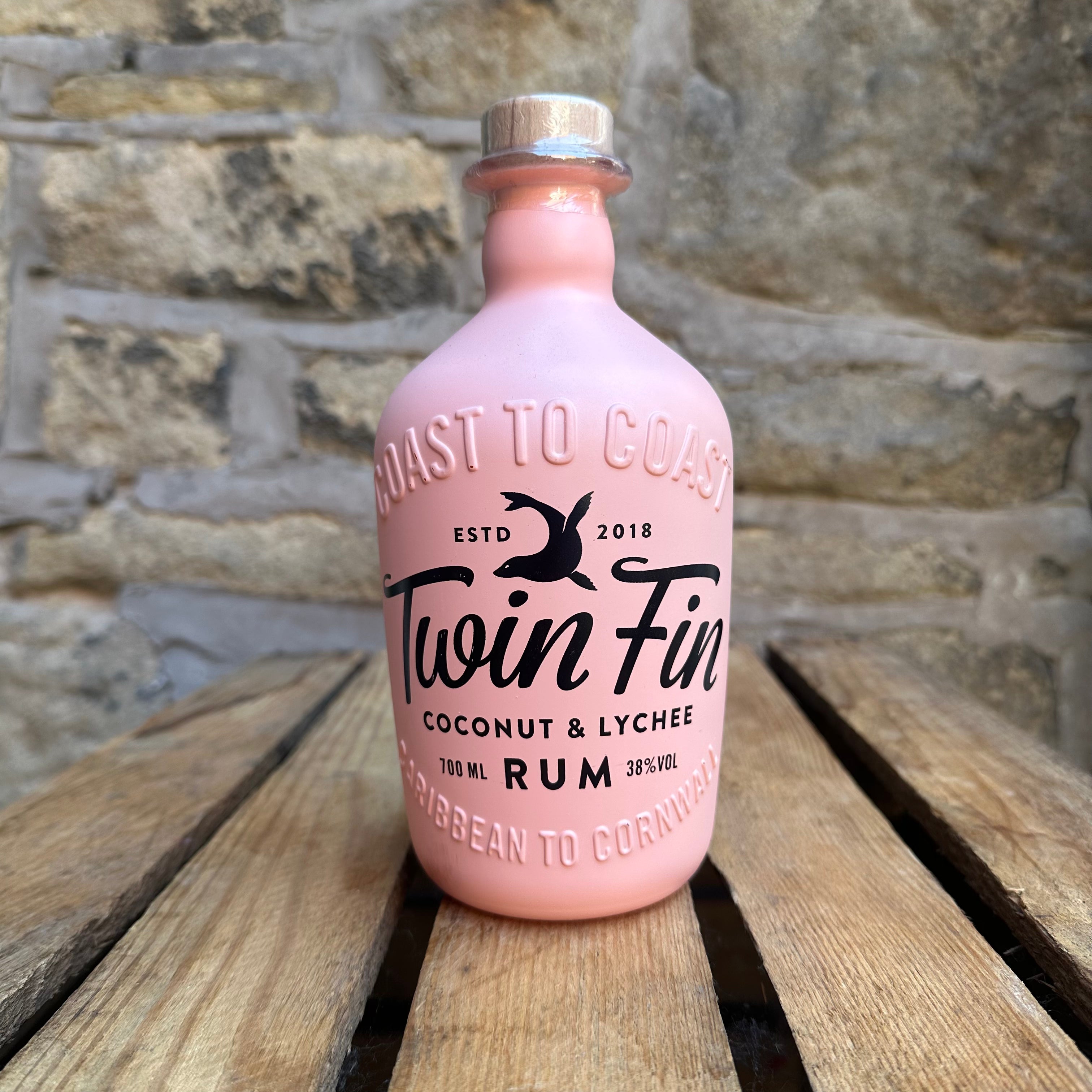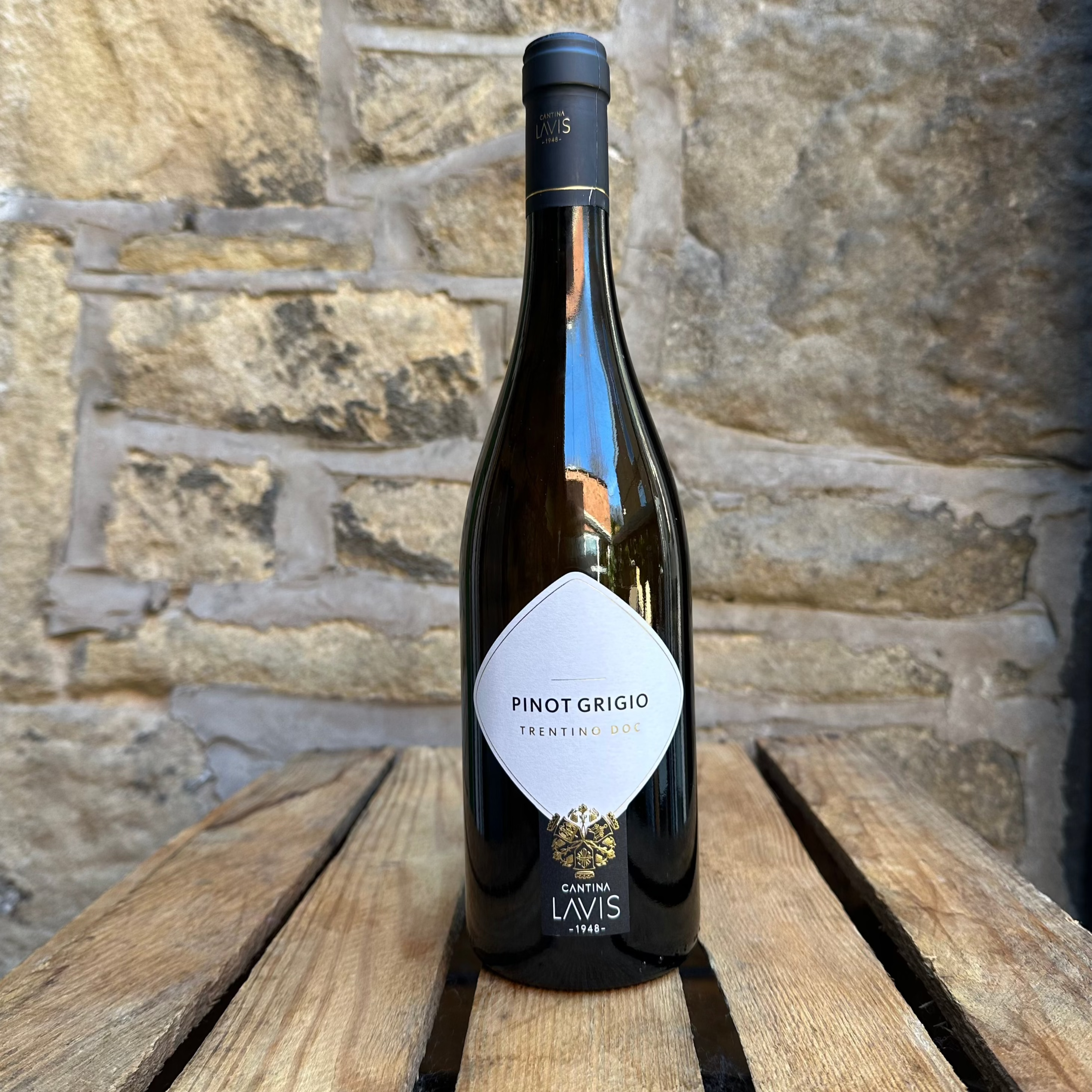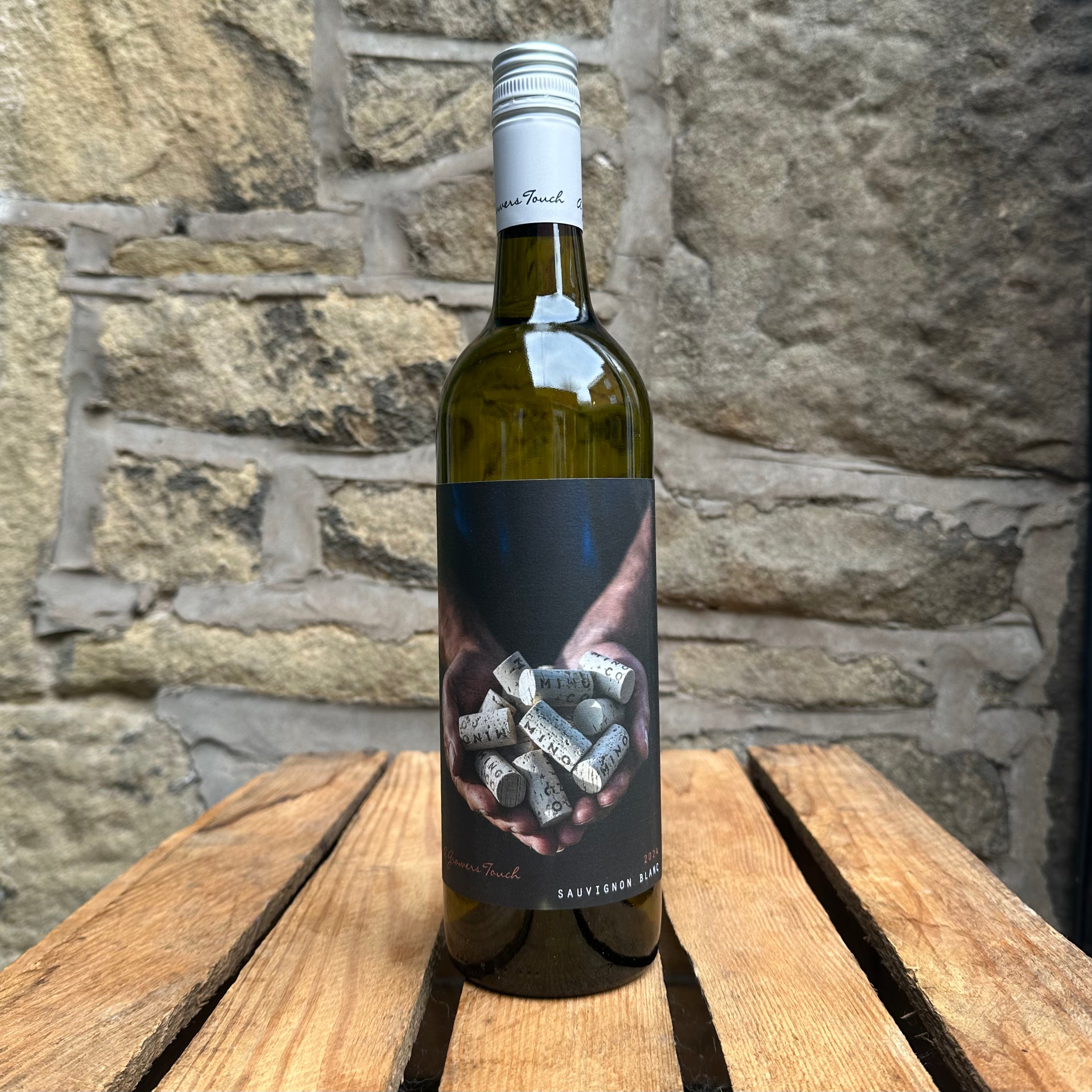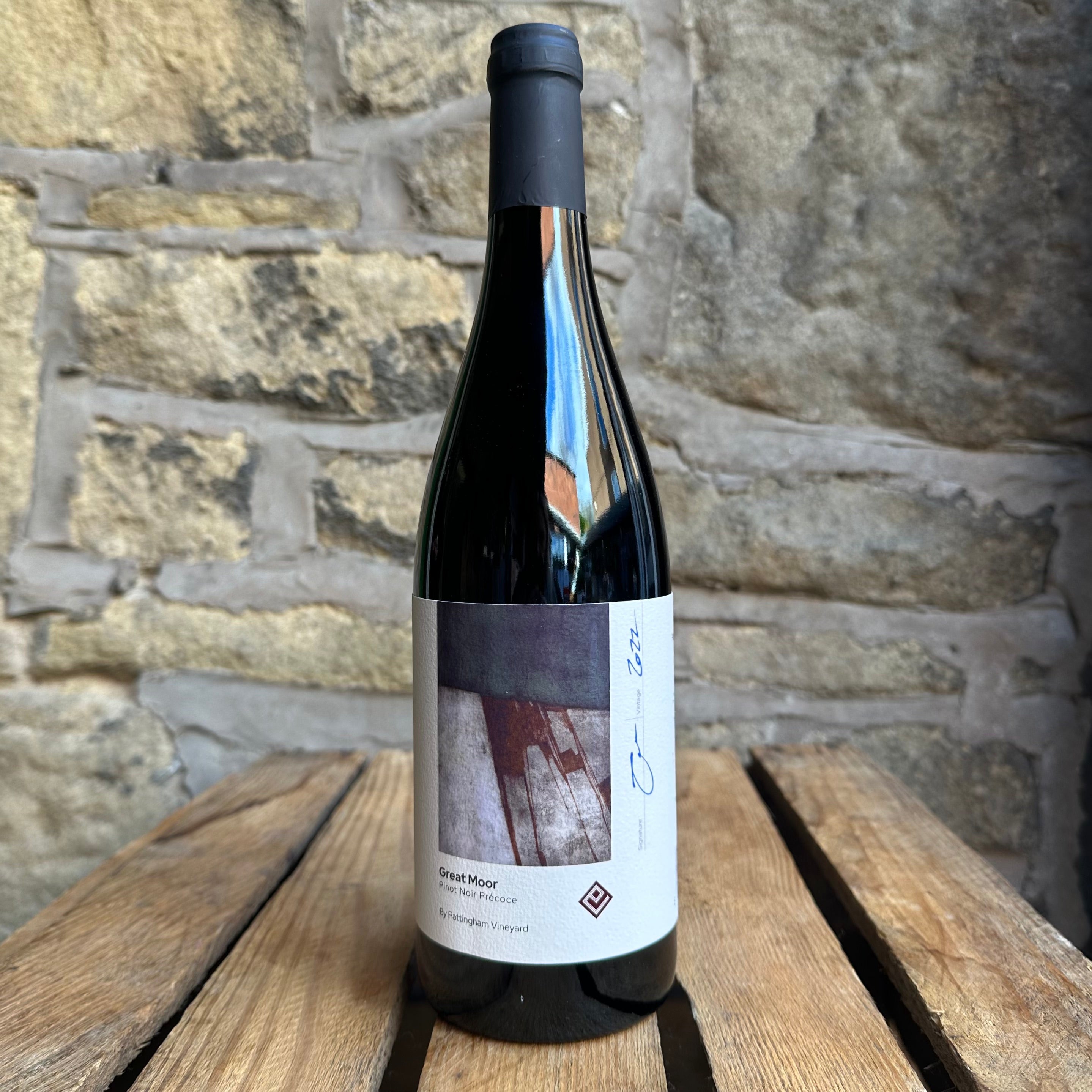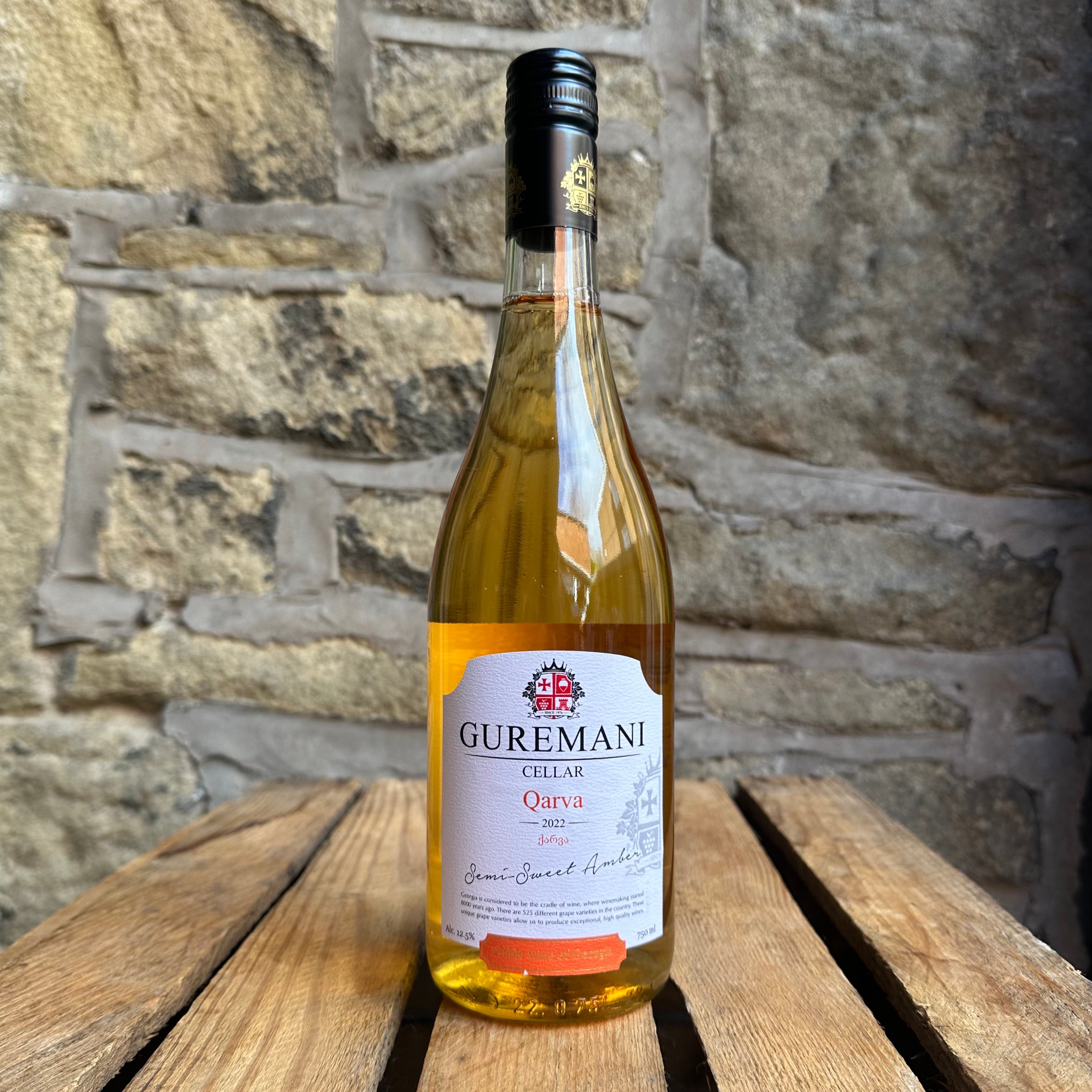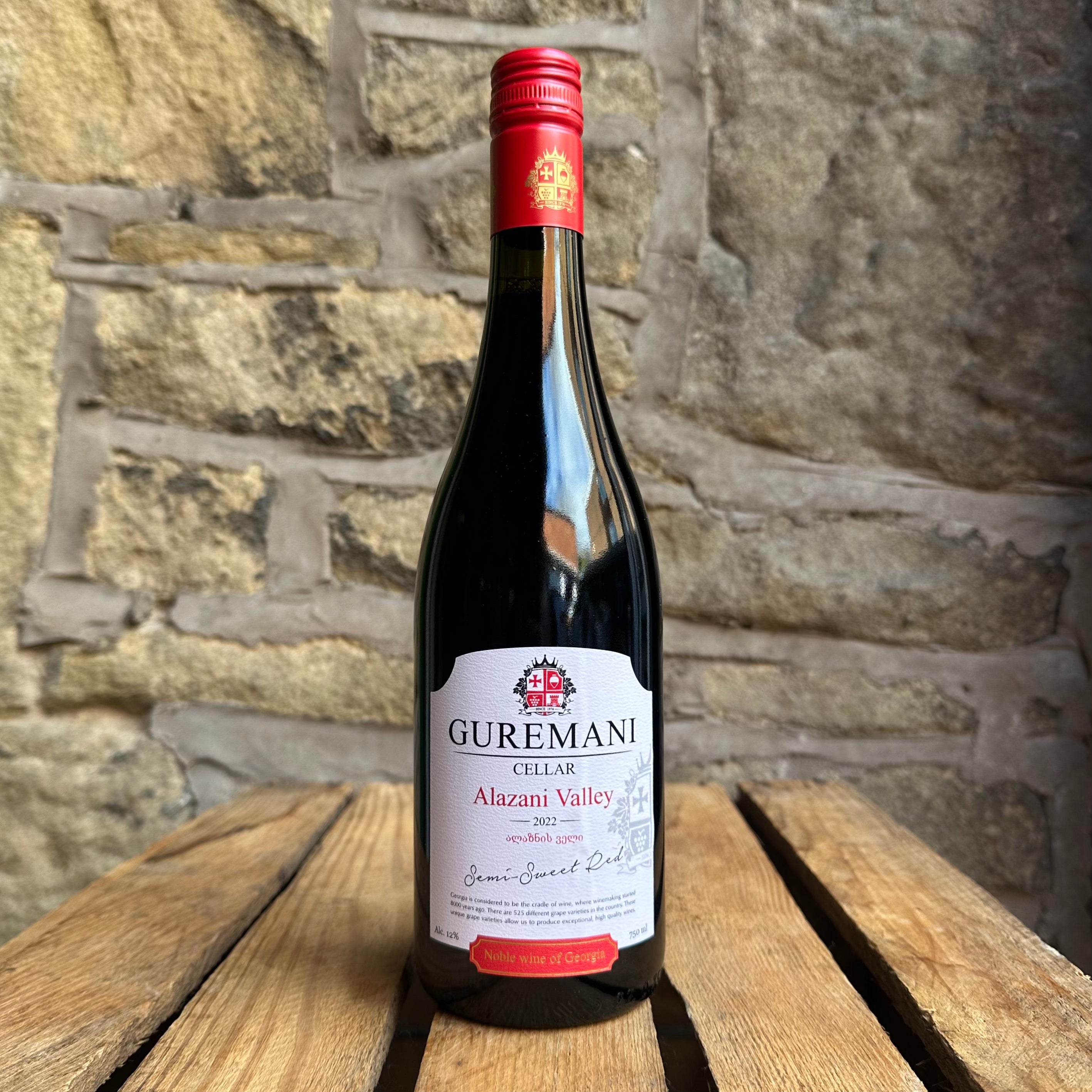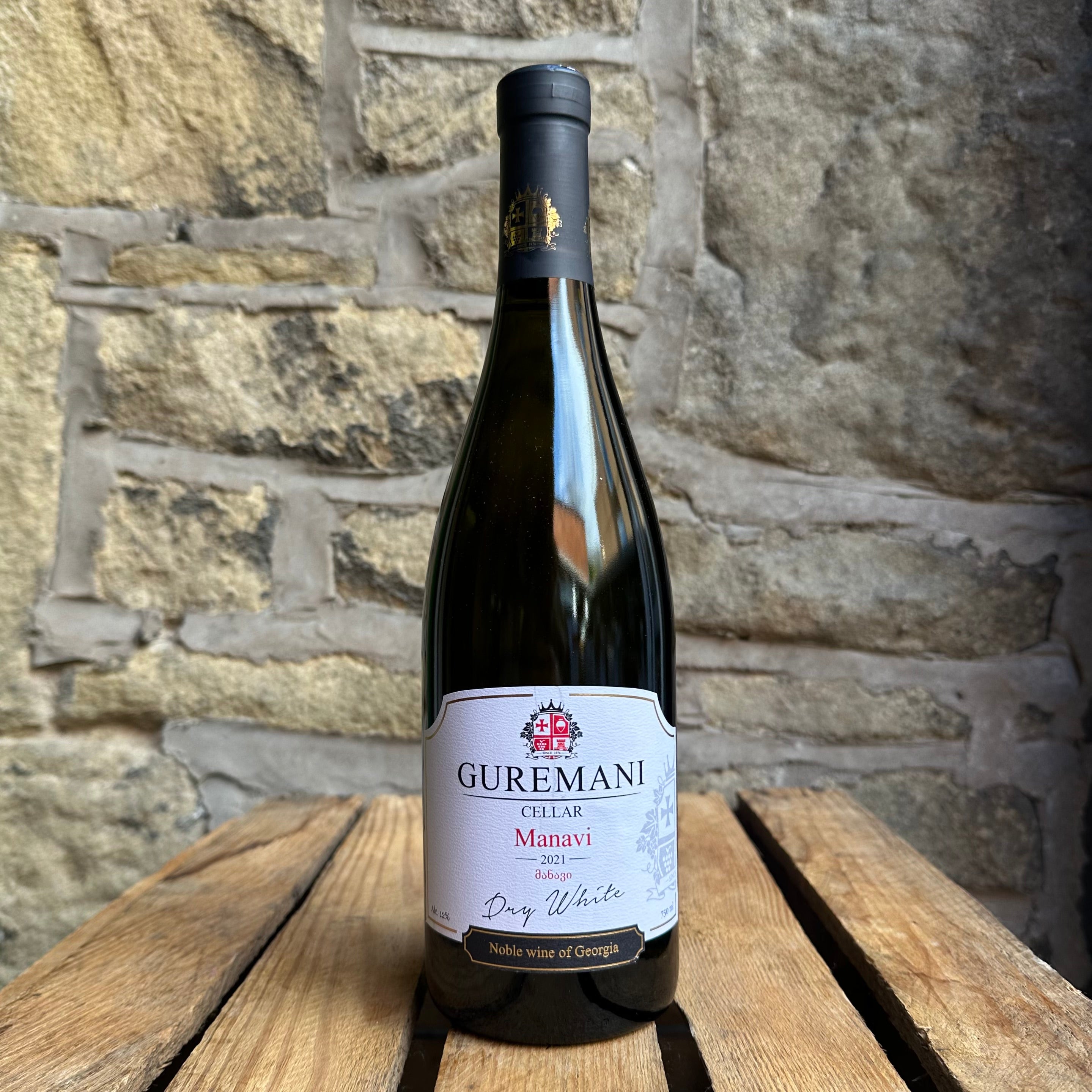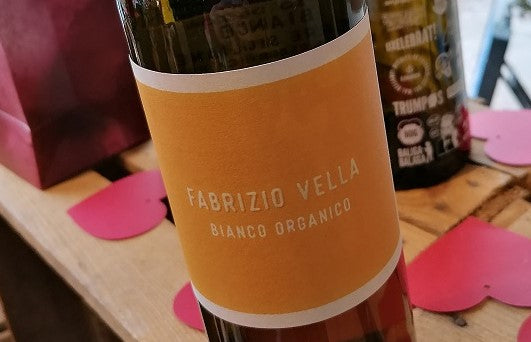
Suave Sicilian

This island in the Mediterranean Sea is classed as part of Italy, but in terms of its size and industry it is like a small country in itself. We take a look at its personal and unique wine history and modern industry, with an overview of the unique grapes still used to create unquestionably Sicilian white wines.
Wine has been made in Sicily since 4000 BC. As an island gateway, it has seen further influence from Greeks, Phoenicians, Romans and, of course, mainland Italy. This has helped create the excellent wine-scape of today.
A key historical event was the founding of (the still famed today) Marsala dessert wine. A British merchant found himself seeking shelter on Sicily after a storm on the seas in 1773. There he discovered Marsala wine being enjoyed in the town of the same name. So overwhelmed, he fortified the delicious wine to bring back home where it was welcomed with aplomb. Still produced today, it combines several key Sicilian white grapes for luscious flavour. Our Marsala offering comes from Pellegrino. Established in 1880, its Cantine Pellegrino Superiore blends Grillo, Catarratto and Insolia for a medium sweet example showing intense, pleasant oak scents. Soft and agreeably sweet on the palate, this wine bursts with figs, prunes and caramel.
Sicily's dry, warm climate with good sunshine and rainfall as well as the essential coastal breezes create an excellent climate for vine growing, helping grapes reach good concentration to produce powerful, robust wines. 70% of Sicilian wine output is for white wine, although its red wines are coming to the fore with international recognition now too.
Taking a look at the white grape, we start with Catarratto, the most prevalent gape there. Known for its soft, dry wines, it has traditionally been used in blends frequently. Its use as a varietal has shown how superb it is. Fabrizio Vella Bianca Organico hand harvests these grapes from low-yield vineyards situated at an altitude of 350-450m. These cooler night time temperatures preserve crucial acidity in the grapes. First pressing/fermentation in acacia wooden barrels, with a second pressing/fermentation in stainless steel, this natural wine has a complex nose of citrus fruit, lemon zest and citrus blossom along with hints of tropical fruit, herbs and sweet spice. A fresh, crisp wine with lovely minerality on the finish.
The second key component of Marsala is the Grillo grape. Introduced in 1897 from mainland Puglia following the Europe-wide Phylloxera outbreak, it has thrived, producing medium-bodied, dry whites with pleasant white stone fruit flavours. Colomba Bianca Vitese uses hand picked grapes for a fresh, harmonious wine bringing an aromatic and floral nose. Ripe melon and green apple fall on to a well structured palate with a long, elegant finish. Il Grillo di Santa Tresa inroduces the grape to a beautiful organic and vegan-friendly sparkling wine. Classically dry with fine, gentle bubbles and a fresh fruity nose of delicate citrus and floral notes. It shows excellent balance on the gentle and soft palate with a refreshing burst of acidity and spectacular fruity notes.
The third unique and renowned grape is Insolia. Thought to have its origins in Greece and mainly found in the west of Sicily, it produces fresh, structured and intense wines. Baglio Pianetto produce an excellent expression with a refined nose opening up to floral and fruity aromas before delivering a beautiful mineral touch. The palate brings a deliciously fleshy attack leading into a full, ethereal and fresh mid-palate.
One of the rarer grapes is the aromatic and resilient Zibibbo which has had prominence for 5000 years and can be used for wine, table or raisin. A grape that enjoys warmer, drier climates, it can be compared to other aromatic varieties such as Gewurtztraminer or Riesling. Colomba Bianca Vitese produce their wine carefully to retain this unique aromatic profile. Lifted notes of succulent white peach combine with soft floral aromatics of orange blossom and jasmine for a bright, light wine with a zesty citrus finish.
A final mention for Grecanico aka Garganega, another grape that is thought to have Greek origins. Also prevalent in the Northern Italy region of Veneto, it is a base for the elegant Soave wine. Caruso Minini brings typical Grecanico fragrances of white fruits and delicate orange blossom, whilst zesty citrus and ripe juicy pear follow on the palate for a super fresh wine. Planeta La Segreta Il Bianco blends Grecanico (50%) with Chardonnay, Fiano and Viognier for a full, dry wine with bags of exotic fruit thanks to the Sicilian sun. Aromas of citrus, white peach, lychee and pineapple fall on to a balanced, mineral palate with a long finish of subtle mint.
We hope this helps you choose your perfect Sicilian white!


